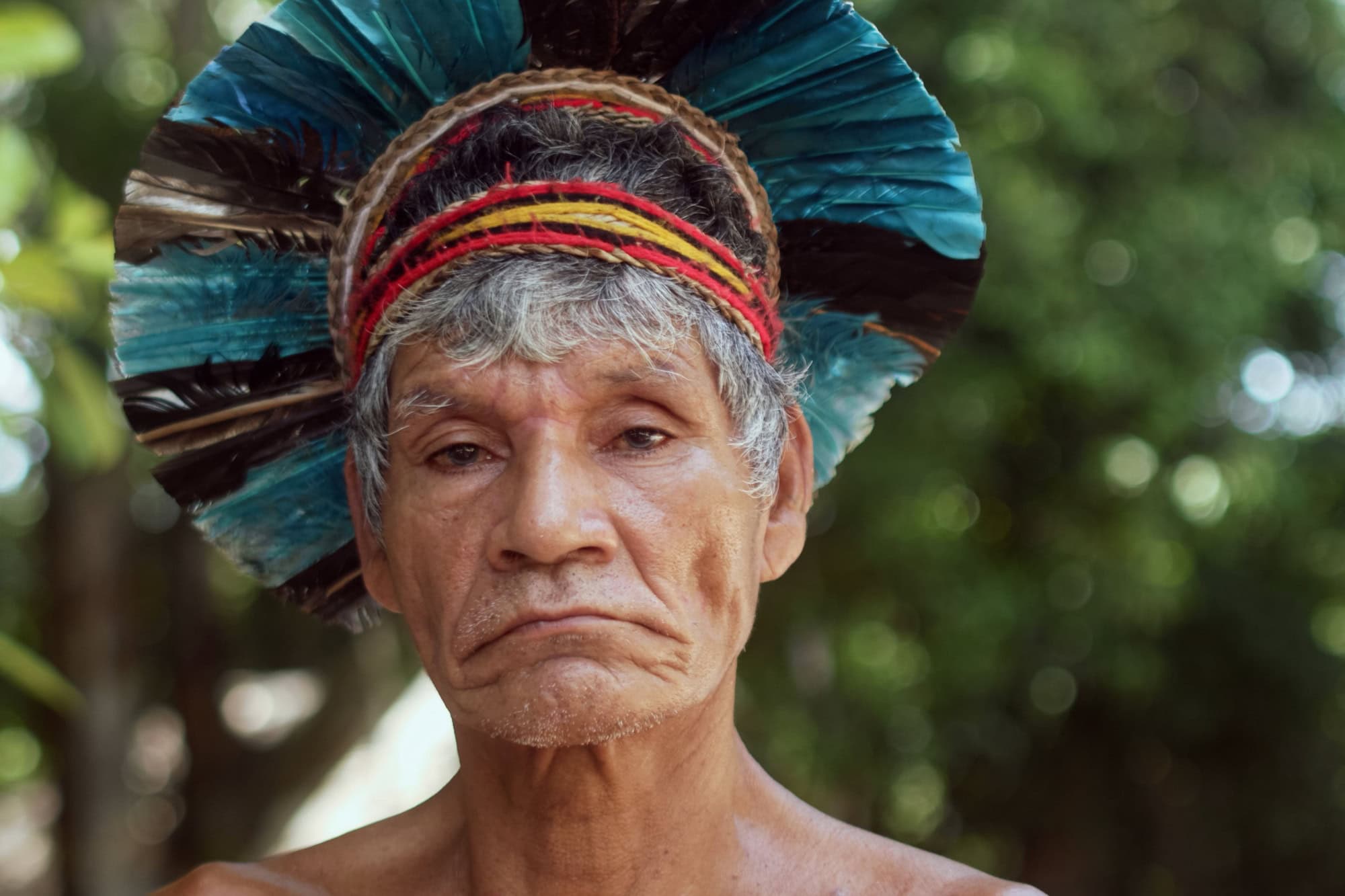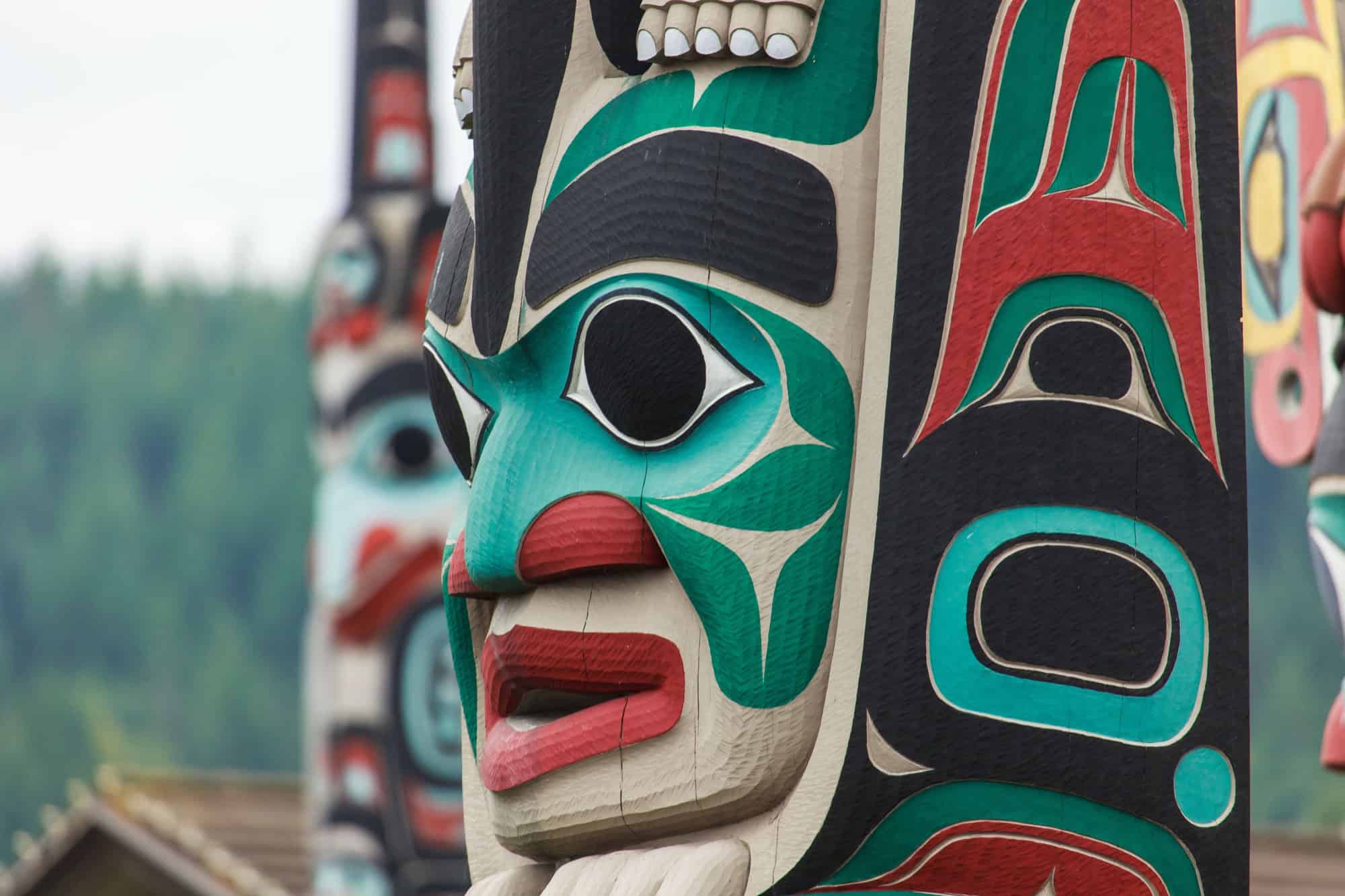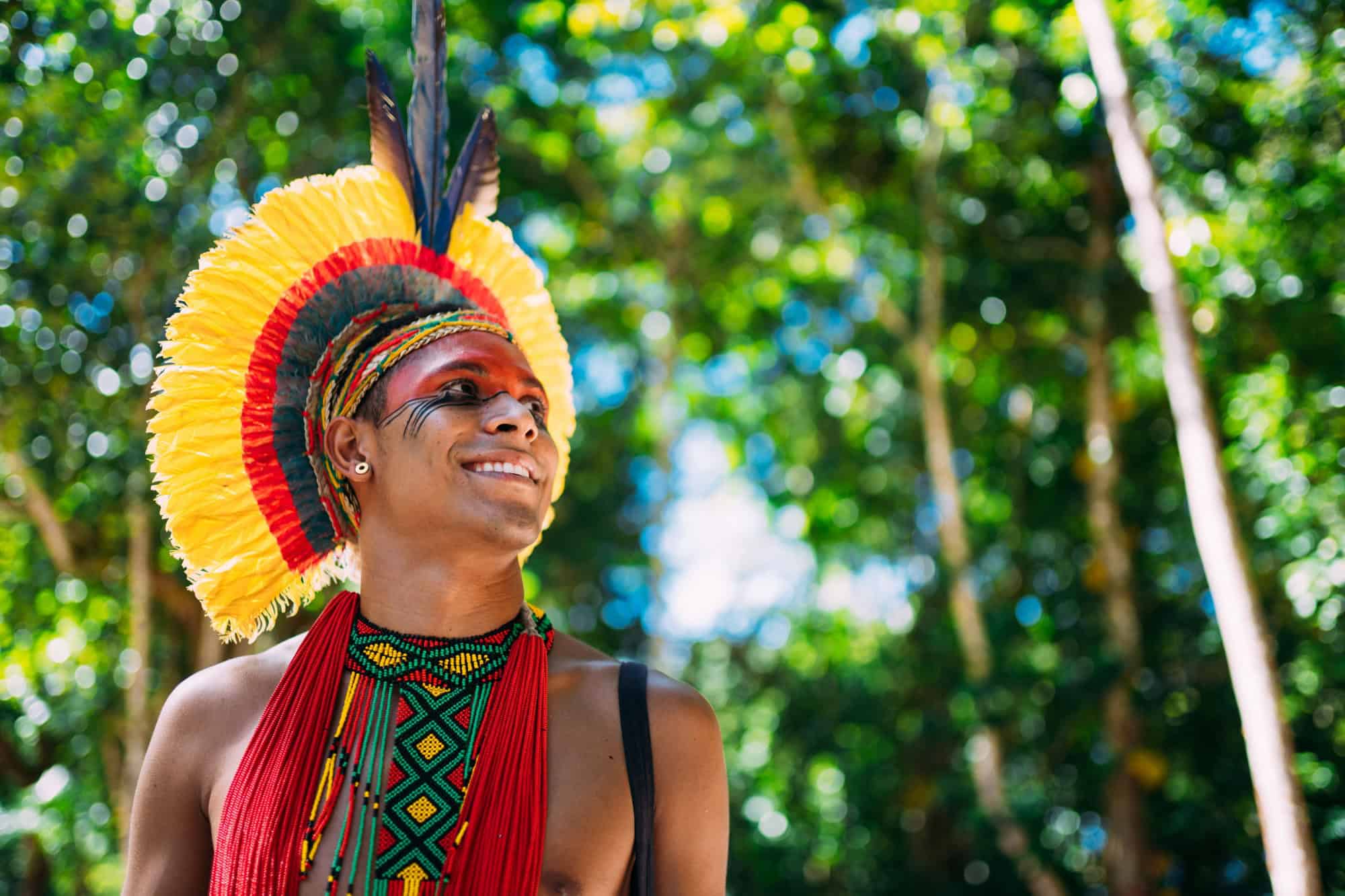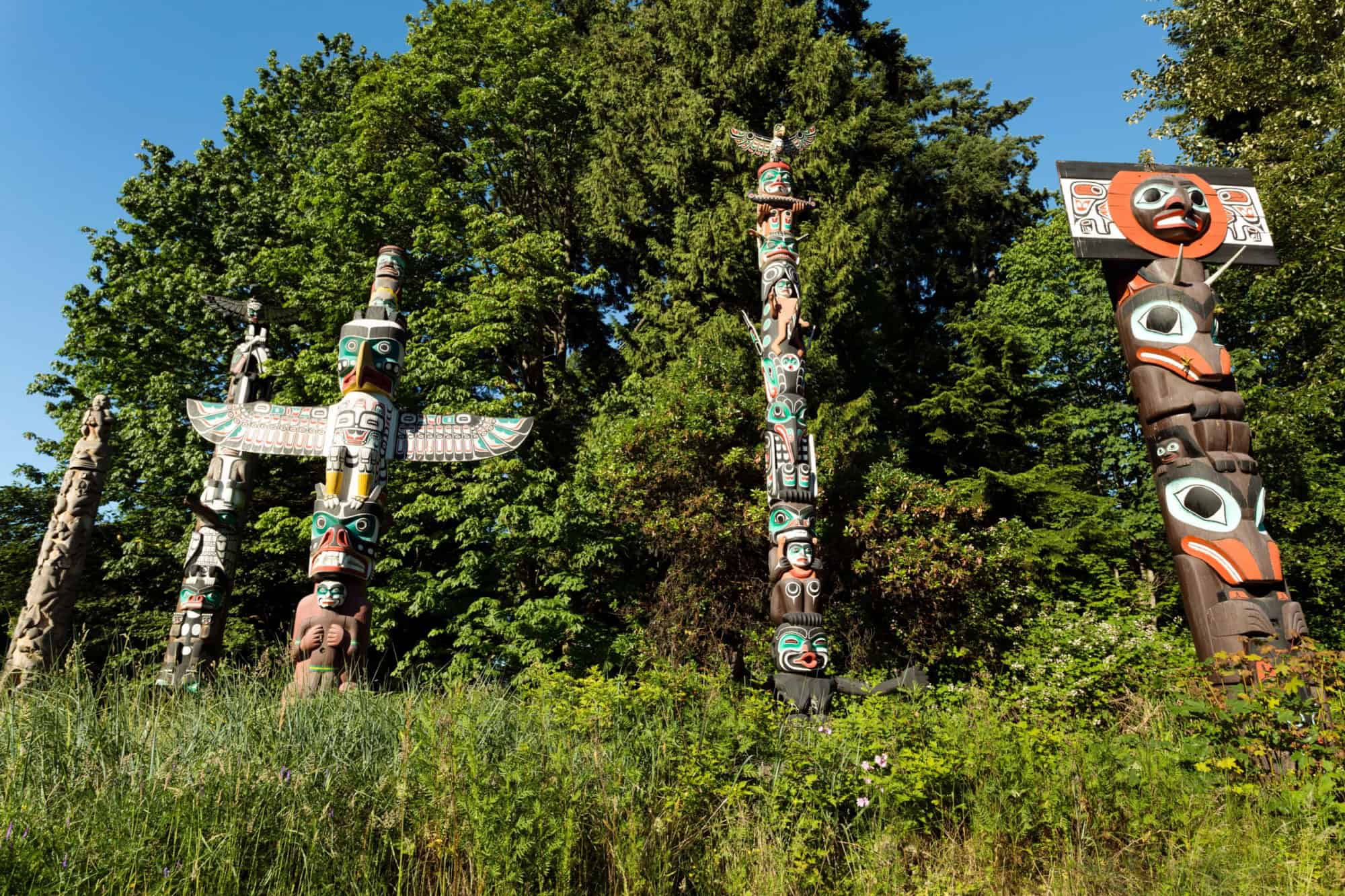Indigenous-led tourism is growing in Canada. More Indigenous-owned lodges & guides are welcoming visitors than ever before, and there’s a lot to know about these places before you pack your bags. Here are some important things you should be aware of to really show respect to your Indigenous hosts.
Featured Image Credit: Shutterstock.
Key takeaways

You’ll find out all about:
- What “Indigenous tourism” actually means
- How fast Indigenous tourism is growing and where
- Simple etiquette tips & rules before you go
- What to expect when you travel to remote or rural communities
What “Indigenous tourism” means

Indigenous tourism is when First Nations, Inuit, or Métis people run the experience themselves. It could be a canoe trip or carving workshop, perhaps even a community-run lodge. Either way, the main idea is that the people whose stories & lands you’re visiting are the ones sharing them & earning from them.
Most official programs in Canada follow a 51% Indigenous ownership rule to make sure they count as authentic Indigenous tourism.
There’s also no single “type” of Indigenous tourism, as it covers cultural workshops as well as luxury eco-lodges. Some travellers visit to learn about local history & language. Others choose to head out for guided hunting or canoeing trips.
Food is a large part of it too, as Indigenous chefs have opened more restaurants that mix traditional ingredients with modern cooking. Across the country, these experiences are becoming easier to find & better organized. They’re open to all kinds of travellers.
Growth in numbers

Tourism overall made a strong comeback in Canada in 2024, with over $104 billion in demand & 19.9 million overnight international visitors. It was the highest tourism GDP since before the pandemic.
Within that, Indigenous tourism has been recovering even faster. The latest national reports show about $3.7 billion in revenue & more than 1,900 active Indigenous-run tourism businesses across the country.
Where the growth shows up

British Columbia leads the country in Indigenous tourism jobs, with almost 10,000 last year. BC also has the most Indigenous-owned tourism businesses.
Alberta is another popular place, as Indigenous Tourism Alberta claims its members generated roughly $250 million in revenue in 2023. You’ll find all sorts of things here, including Métis-run outfits in the Rockies & Cree-operated interpretive centres across the prairies.
Over in Quebec, the province’s Indigenous tourism network has been steadily growing since 2021. This supports over 4,000 jobs & generates around $169 million in yearly economic activity. Many visitors explore cultural places of interest like Wendake near Québec City or stay at community-owned cabins in northern Quebec.
Remote settings

A lot of Indigenous-run experiences take place well outside big cities. This could mean that you’ll have to drive long stretches of highway or book ferries, while also dealing with spotty Wi-Fi. In BC, more than half of Indigenous tourism businesses are in rural or remote areas.
Yes, it’s part of what makes them special. But it also means you’ll want to plan for fuel, cash, food & extra travel time. Weather can delay things, too, especially in coastal or northern regions, so you should definitely aim to be flexible. Who knows what’ll happen?
Visitor protocols

Before you pull out your phone or camera, you should always ask. Many Nations have their own rules about taking photos or videos, especially of people & ceremonies. You may need written permission or a media permit in some cases.
Gwaii Haanas in Haida Gwaii, for example, has clear rules for filming & drone use. You can’t fly or post anything without prior approval. Rather than trying to restrict visitors, they’re trying to make sure communities keep control over how people share their culture.
Alcohol rules vary by community
It’s also smart to double-check the local alcohol rules before you leave. Each community decides what’s allowed & those rules could actually get you in trouble. Some towns in the Northwest Territories or Nunavut completely ban alcohol, while others allow it in small amounts but track who brings it in & how often. Even mail orders can be restricted.
Don’t assume you can ship anything to your hotel. Bringing liquor into a “dry” zone can lead to confiscation or even fines. You really want that to happen mid-vacation?
Guided trips in parks & on water need licensed operators

Those booking a guided trip through a national park or heading out on a charter boat should know that there’s usually a lot of paperwork behind it. Guides have to carry proper business licences from Parks Canada & meet safety rules under Transport Canada.
Some parks also have special permits for mountain guiding & wildlife viewing. When you’re choosing a tour, it’s fair to ask for the company’s licence number to prove that they’re registered.
Archaeology & heritage laws ban collecting

Sure, you might be tempted to pick up a stone carving or an old-looking item you find on a trail. But don’t. Taking artifacts from heritage or archaeological sites is illegal across Canada. The penalties can be serious.
In some regions, even digging or moving soil around old cultural sites can be an offence. The same goes for historic remains inside national parks. As such, whenever you come across something that looks important, you should leave it exactly where it is. Then, let park staff or community representatives know & they’ll decide how to handle it properly.
Seasons, capacity, and timing your trip

Most Indigenous tourism businesses aren’t open year-round. While summer is the busiest time, some communities close certain experiences in the winter or during cultural events. The best thing to do is to contact the operator directly before you go.
You should ask about open dates & community gatherings, as well as seasonal festivals. They’ll tell you what’s available and what’s off-limits during certain times. This also gives you a chance to learn what’s happening locally before you arrive.
Sources: Please see here for a complete listing of all sources that were consulted in the preparation of this article.
Like our content? Be sure to follow us on MSN.
